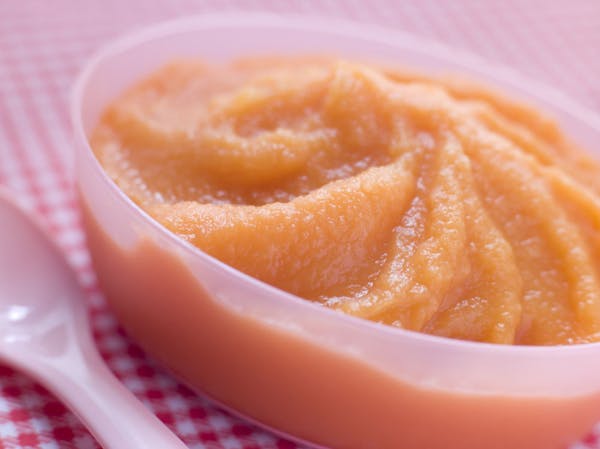By KATHY HUNT • Tribune Media Services
For years the rutabaga and spiky kohlrabi have endured being snubbed for their more glamorous brethren. Other members of the same cabbage family -- turnips, cauliflower and broccoli -- made their way to our plates long before these two homely vegetables snuck onto produce stands.
Fortunately, the culinary cold shoulder has come to an end. From salads and purées and stews to casseroles, these versatile veggies finally get their due.
Resembling an oversized, scarred turnip, the rutabaga hails from Central Europe. Although its exact birthplace is unknown, the cool-weather-loving root vegetable got its start as a popular Swedish crop. Hence the nicknames "Swede" or "Swedish turnip."
In winter the rutabaga possesses a sweet, peppery flavor reminiscent of a mild turnip. With its honeyed yet tangy taste and firm texture, it partners well with a wealth of foods, such as apples, cheese, pears, pork, potatoes, tomatoes, tuna and, of course, turnips. Unceasingly flexible, it hits it off with such diverse herbs and spices as basil, cardamom, cayenne, nutmeg, rosemary and star anise.
When choosing a rutabaga, look for smooth, firm flesh that feels heavy for its size. The top part should be a bright purple, the lower portion yellow. Avoid any that appear washed out or feel woody or dry.
Because most producers wax their rutabagas to prevent them from drying out, cooks must first peel them before using. After completing that task, the culinary possibilities seem limitless.
In Scandinavia, cooks stick to simpler concoctions. "We let the vegetable stand on its own and allow the flavor to speak for itself," says Stockholm journalist Christina Anderson. She prepares both rutabagas and kohlrabi with a splash of olive oil and dash of salt and pepper.
In Scotland, cooks boil and mash them with potatoes and onions to create the traditional dish clapshot. When boiled and mashed separately, the potato and rutabaga combo becomes the Scottish specialty tatties and neeps.
Elsewhere, rutabagas are grated into salads, diced and added to soups or stews or cubed and placed inside pot pies or alongside roasts. They can also be cut into matchsticks for tempura or Swede fries. Basically, any recipe for turnips will work perfectly with rutabagas, too.
The 'alien' vegetable
Similar to the rutabaga, kohlrabi maintains strong ties to the turnip. In fact, it is often referred to as the "cabbage turnip," alluding to its turnip-like tang and membership in the cabbage family.
Unlike rutabagas, the Northern European kohlrabi bears no physical resemblance to a turnip. With its tennis ball-sized, globe-shaped base, slender, randomly spaced stalks and cabbage-like leaves it remains one of the strangest looking vegetables in existence. It also is one of the most versatile.
Kohlrabi's flavor has much to do with its adaptability. The bulb resembles a juicy mix of turnips, radishes and cauliflower, while the edible leaves bring to mind cabbage and kale.
This assortment of tastes translates into a long list of good partnerships. Kohlrabi makes a great mate for butter, Parmesan and Swiss cheeses, dill, garlic, mustard seeds, potatoes and soy sauce. It additionally pairs well with cabbage, carrots, curry, duck, lamb, leeks and pork.
When selecting kohlrabi, find one that has a firm bulb slightly larger than a golf ball with pale green or purple skin and deep green leaves. Skip those that show soft spots or yellowing leaves.
Back at home, cooks should separate the leaves from the bulb. If using immediately, peel the bulb and wash the greens. Otherwise, slip the two into separate plastic bags and refrigerate; a bulb will keep for 10 days in the fridge, while leaves will last for only four.
Versatile mealtime use
As with rutabaga, kohlrabi provides a host of cooking options. After slicing the bulb into rounds, quarters or strips, cooks can drizzle olive oil over the pieces and then grill, steam or roast them. They can boil and mash kohlrabi like potatoes, glaze it like carrots, toss it into a Chinese stir fry or Indian curry, cream it or bake it as a gratin.
Kohlrabi doesn't always require cooking. The bulb can be served raw in a salad, coleslaw or as crudites. As for the leaves, they spice up the tried and true mixed greens salad.
Considering the countless recipes that rutabagas and kohlrabi offer, it's no surprise that these former outcasts finally get their day in the kitchen.

